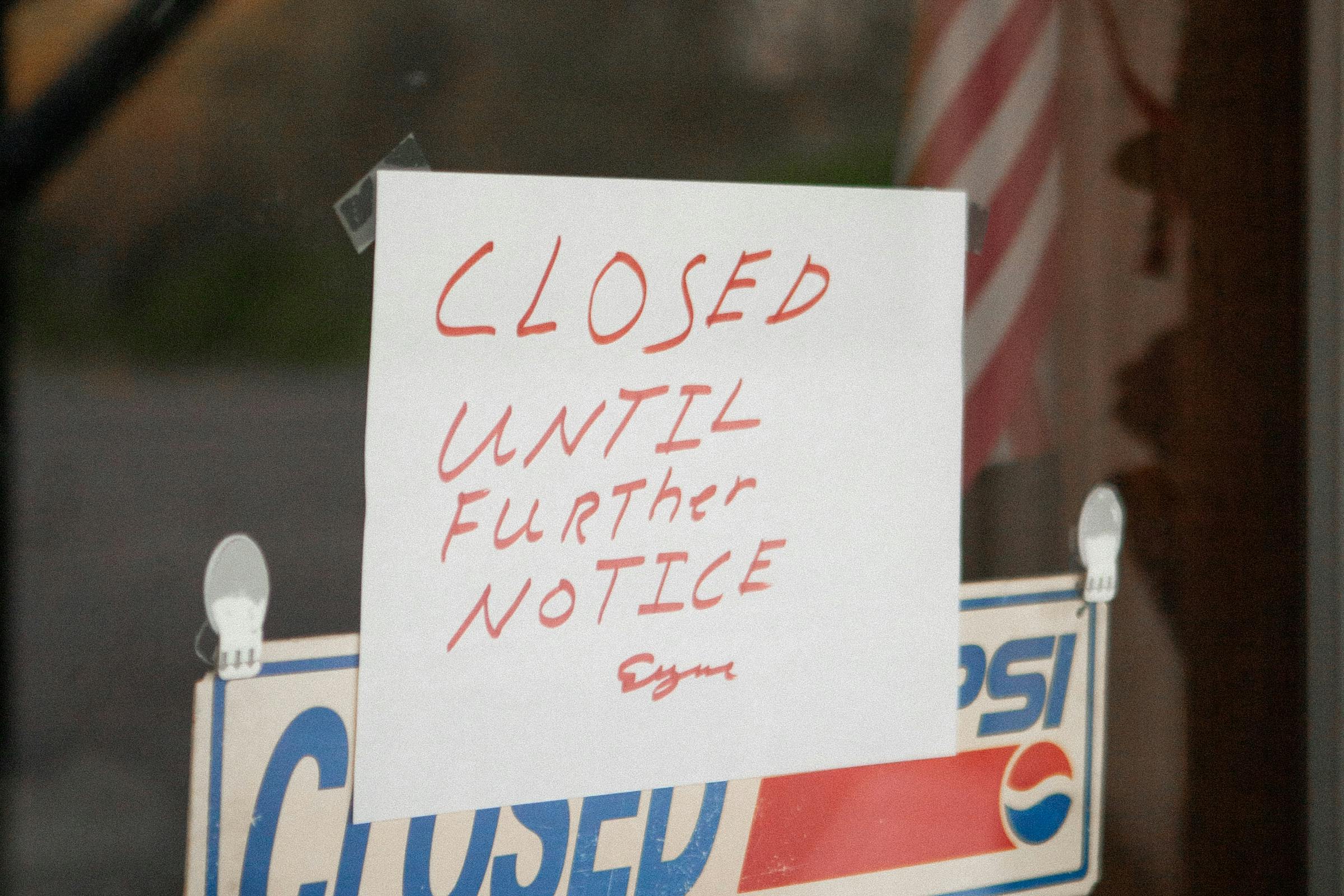Processing Time
Applying for an H-1B visa takes a lot of upfront planning and waiting for approval at first. But once the proper documents are submitted, the process moves quickly. The key is for you or your employer to submit the documents as soon as the visa procedure opens in April.
There are a limited number of H-1B visas granted each year. The cap for 2022 was 85,000 visas for non-advanced degree holders and 20,000 visas for advanced degree holders.
If your visa application is approved, you won’t be able to enter the U.S. until ten days prior to the start of your employment. Employment through an H-1B visa begins on October 1, the beginning of the fiscal year, as followed by the U.S. government.
Once your application is submitted, it can take between 90 and 120 days for the USCIS to review it.
Estimated Cost
The application process for an H-1B visa starts with the $10 online registration fee to file your initial petition. A computer-generated random lottery approves a certain number of petitioners who can proceed with their H-1B visa applications.
Your petition will enter the lottery twice if you have a master’s or another advanced degree, first in the master’s cap and again in the regular cap pool if you’re not selected the initial time.
If that petition is approved, the cost of the next steps can range between hundreds and thousands of dollars. The entire process averages over $6,000.
However, the visa applicant’s employer pays for most of the costs. In fact, the applicant may not have to pay more than the initial $10 registration fee.
What is the Typical Workflow for the H-1B Petition?
Your initial registration petition for an H-1B visa has been selected in the lottery to move to the next steps, which include:
● Step 1: Finding a Visa Sponsor
● Step 2: Filing a Labor Condition Application (LCA)
● Step 3: Completing Form I-129.
● Step 4: Submitting Forms to U.S. Embassy or Consulate
Once each step is completed, follow the progress of your application on the USCIS website.
Finding a Visa Sponsor
Every H-1B visa applicant needs someone in the United States to sponsor their application. In most cases, the employer wishing to hire the applicant for a job sponsor’s the work visa application.
The topic of a visa should come up in your initial interview during the hiring process. The employer might bring it up themselves. If not, you need to clarify that an H-1B visa sponsorship is necessary for you to enter the country.
Your sponsor needs to be someone reliable and trustworthy. They are essentially your character witness that your application is on the up and up.
Labor Condition Application
Your employer is responsible for submitting a labor condition application to the Department of Labor. The document will attest that the company will provide fair wages and safe working conditions. It’s also the employer’s responsibility to provide evidence that there’s a lack of qualified residents in the U.S. to fill this position.
The LCA ensures that your wage is equal to or greater than that of your colleagues. Your employer must also implement a safe working environment for all employees, including foreign-born workers.
The LCA aims to safeguard foreign workers' rights, giving them equal wages and protections as American-born employees.
Form I-129
Form I-129 is a petition for a nonimmigrant worker. The form must be submitted by the employer to sponsor a foreign national’s visa application. The six-page form asks for information about the applicant and the sponsor. The $460 filing fee is non-refundable and paid for by the employer.
In addition to the completed form, the following supplement documentation is required with the I-129 form.
● The applicant’s resume
● The applicant and employer’s employment agreement, including job description
● An evaluation of the applicant’s career experience
● Proof of the applicant’s education, including relevant training certificates
● A letter of support for the visa petition
Submitting Forms and Meeting With the Embassy or Consulate
If you’re currently in the U.S. on another visa, you can start working when the new H-1B visa status becomes active. However, if you’re outside the U.S., you’ll have to go through the steps to apply for consular processing.
This requires a Form DS-160, which usually takes a little over an hour to complete and submit with the application fee. At that time, you can schedule an interview at the nearest U.S. embassy or consulate.
During your interview, you’ll need your passport and a passport-sized photo following the requirements from the U.S. State Department, your Form DS-160 submission confirmation, your I-129 petition, and your I-797 approval. You’ll also need proof that you’ve paid all applicable fees. Expect to be questioned about your experience, the upcoming job, your travel history, and other identity and knowledge-based topics.
What’s Involved in the Eligibility Screening Assessment?
Applicants seeking an H-1B visa for employment in the U.S. must meet several eligibility criteria. The eligibility screening assessment ensures applicants meet the standards for obtaining entrance with a visa.
The three criteria for an H-1B visa include:
● U.S Bachelor’s degree
● License to practice in the U.S.
● Visa application sponsor (employer)
What to Do if You Don’t Have a U.S. Bachelor’s Degree
Some applicants trying to find work in the U.S. may have attended college or university in their home country. How can they meet the requirement for a U.S. Bachelor’s degree?
The H-1B guidelines stipulate that a 4-year degree from an accredited foreign institution is the equivalent of a U.S. Bachelor’s degree. However, the applicant will have to undergo an educational credential evaluation.
The evaluator considers several aspects of the foreign degree to determine if it’s equal to a U.S. Bachelor’s degree. The description of the degree must include the following credentials:
● Name of the college or university
● Field of study
● Year of completion
In addition to your U.S. Bachelor’s degree or equivalent, other documents may be necessary for your visa. These will generally pertain to evidence of current and past employment, financial statements, and proof of your identity.
What’s Next?
As an H-1B visa holder, you can apply for a green card. This is a time-consuming, lengthy process that should begin early. Keep in mind that children who moved with you in your initial visa may age out by the time the green card is approved. If they turn 21, and are tied to your H-1B visa, they must have their own visa. This may be a student or work visa, for instance.
Transitioning from the H-1B visa to a green card, whether it’s family or marriage-based, takes time and a lot of documentation. But when your family is involved, you don’t want to take chances on delays. Let Visa2US help you complete the process seamlessly while saving you money at the same time.














